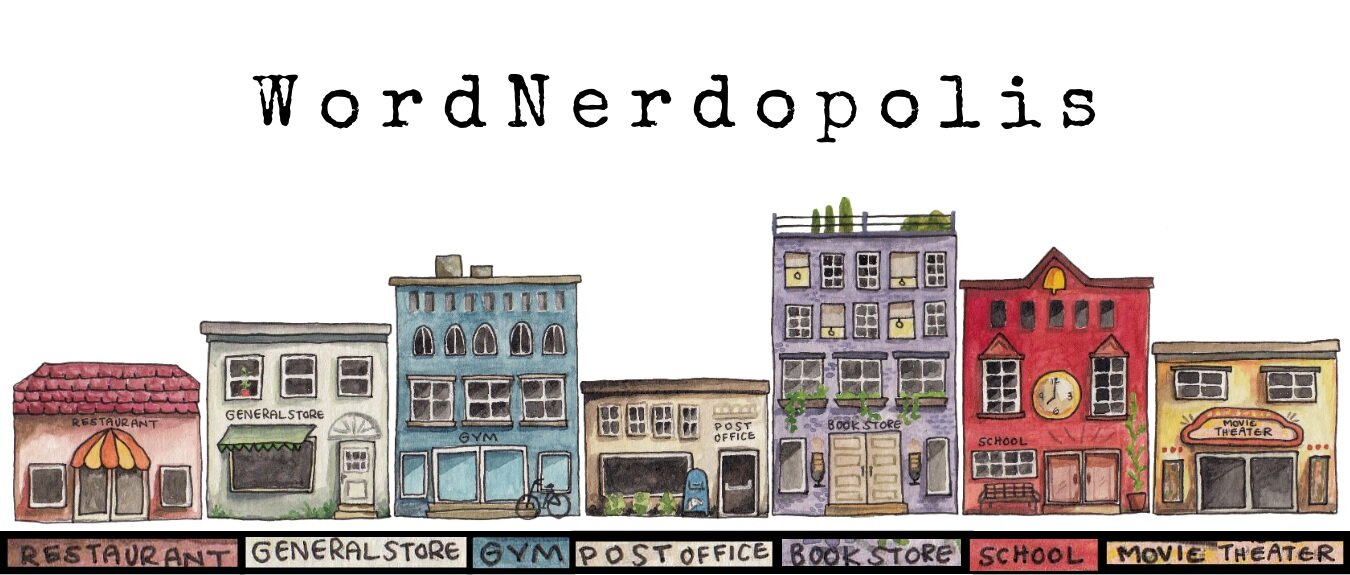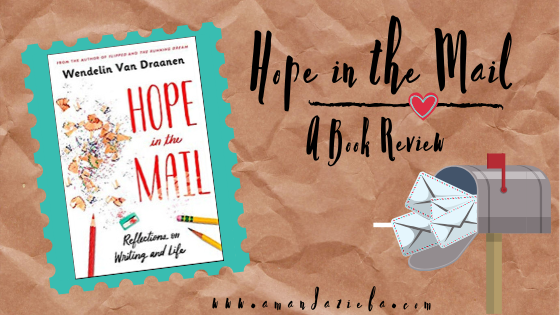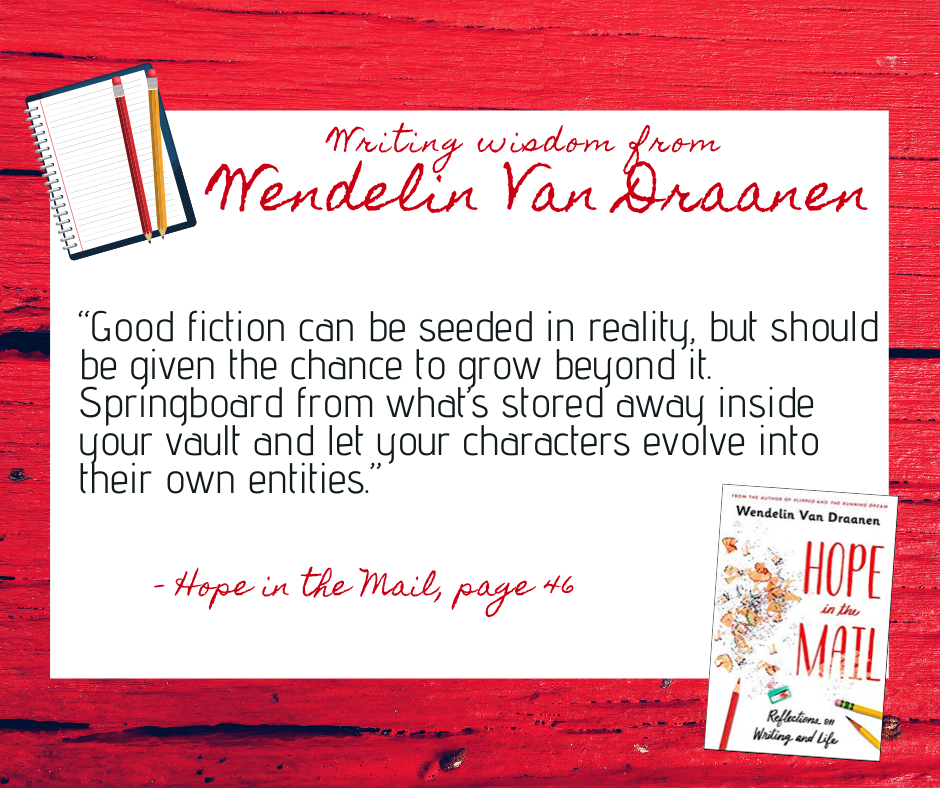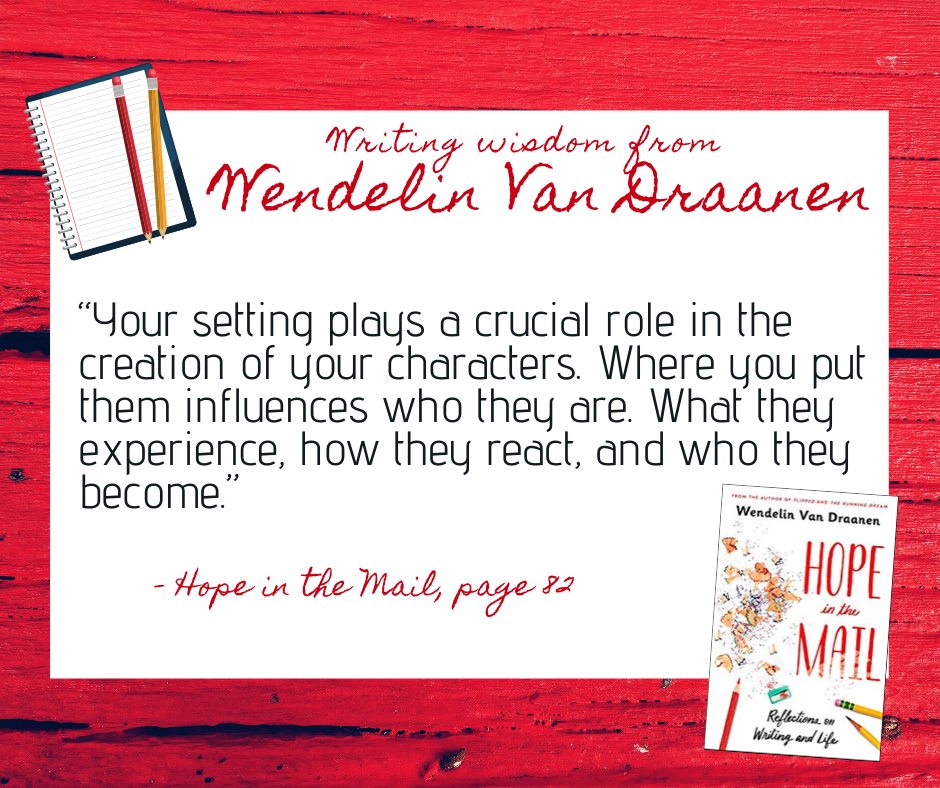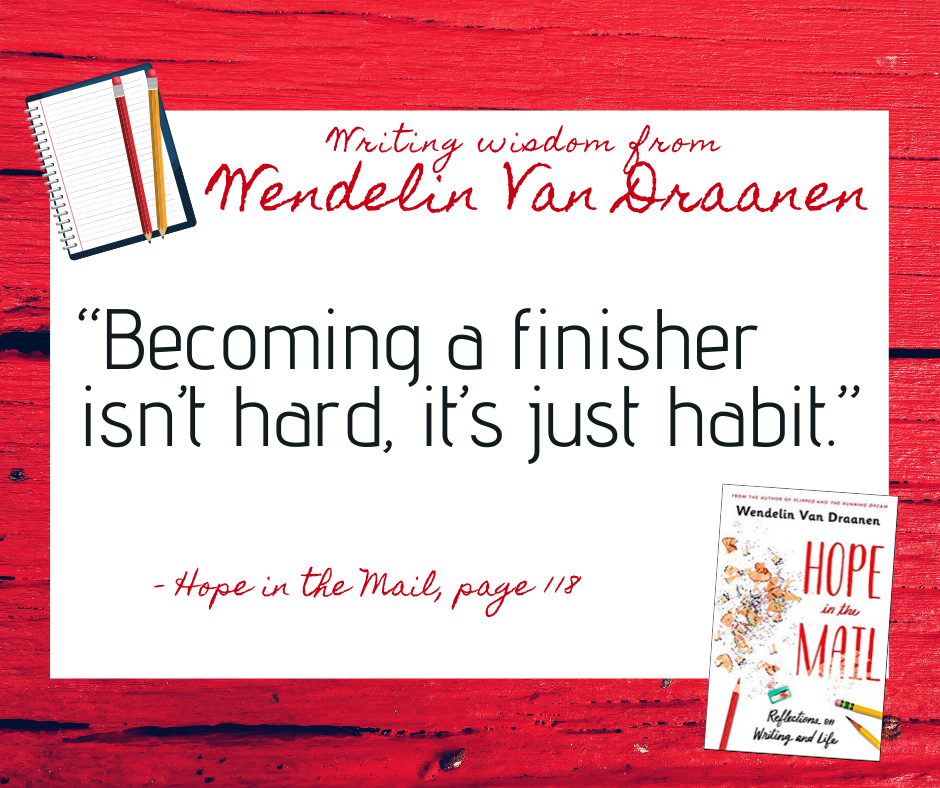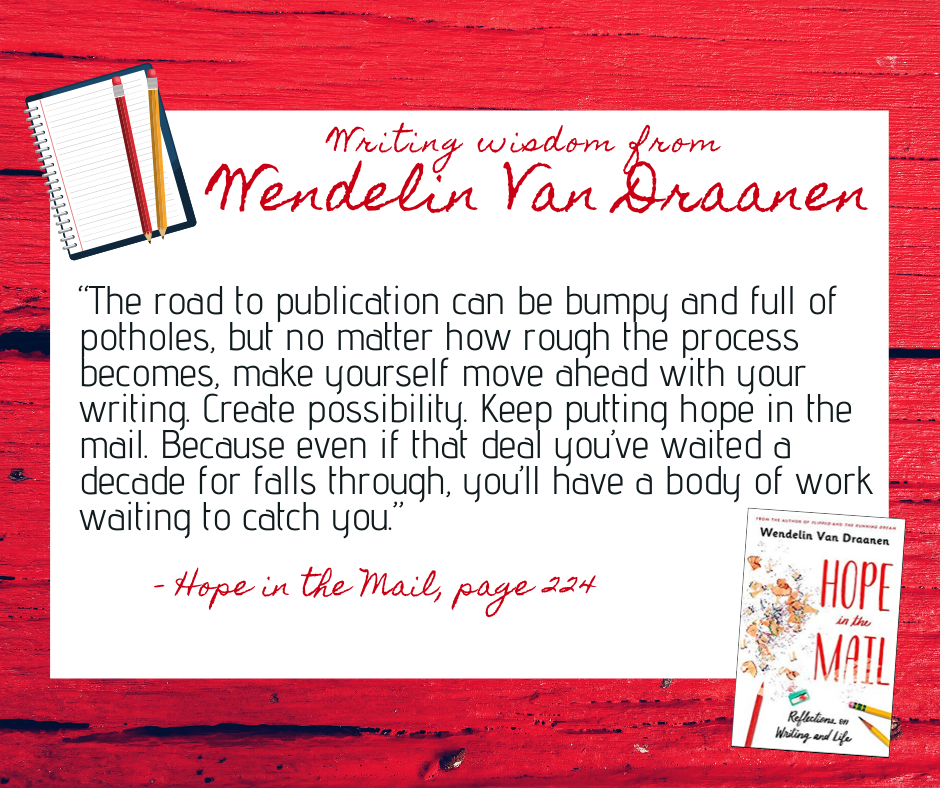Hope in the Mail: A Book Review
What books are inspiring for wanna-be writers?
Where can I find the answers to my writing questions?
When I read Wild Bird by Wendelin Van Draanen, I saw a trio of my students in the main character, Wren. Bad choices, toxic relationships, hard situations. I saw what their lives could become if they didn’t make a conscious decision to turn around and walk the other way. I bought three copies of that book and wrote a note to each girl. “I see you,” the note said, “and it doesn’t have to be this way.” I messaged Wendelin on Facebook and told her about my students and plans for the books and notes. For my students and I, hope in the mail looked like three personalized and autographed book plates (stickers) accompanied by three gorgeous feathers the girls could use as bookmarks. “I see you,” Wendelin said to us through her actions, and gosh does that feel good.
As a writer who has many words under her belt, but who has yet to cross the chasm into the traditionally published world, I often feel unseen. The thing about the writing world is that there are so many people wanting help, and only so many people who have enough experience to provide responses to their questions and panicked pleas for advice. This problem is compounded by the fact that the people who do have the experience are often too busy doing the actual publishing work to be able to stop and help the people needing it.
Enter, Wendelin and her new, generously beneficial, book.
Hope in the Mail is an honest look at one author’s writing career, from its seedling beginnings to the solid status of an eighteen-book series. Through this part-memoir, part writer’s guide, I feel seen. As I read these pages it’s like Wendelin is leaning across the dozens of states that separate her desk from mine, and gently whispering in my ear, “I see you. I know you are working hard. Hang in there and hey, let me offer you some free advice.” (Or some $17.99 advice).
Do you know how good that feels? Validating, uplifting, dang near intoxicating.
One of my favorite parts about this book is that I can relate to Wendelin in so many ways. We were both teachers. We both had/have dreams to become big deal authors and weren’t afraid of working hard to get there. We both had children in our twenties and family budgets that left plenty of room for wanting.
Even though Wendelin faced plenty of struggles (detailed in this book), she didn’t give up. She didn’t come from a wealthy family, go to a prestigious school to earn an impressive MFA, or circulate in a famous group of friends. She earned her way into this industry through hard work and persistence. And in my opinion, that makes her even more amazing. Wendelin’s story makes me feel like I can make it too. So, this book delivers on its title’s promise… it is HOPE.
Hope in the Mail is divided into seven sections, each one with a particular focus on writing and Wendelin’s life. When I was in grade school, I always presumed that authors lived in a magical fantasy land made of paper and ink. I didn’t know any writers in real life and so to me, they didn’t feel like real people. I found section one, Your Vault, enjoyable for many reasons, but mostly because we got glimpses of the human behind the books. Through childhood stories and reflections on her first story telling attempts, readers get to know the character of Wendelin, get to trust that the advice she is going to give comes from a good place. In section one, Wendelin sets herself up as a reliable narrator and apt tour guide for those wishing to go on a writing journey of their own.
The knowledge shared in sections two and three, Writing and Being a Writer, respectively, were educational to say the least. Chock full of how-to, might be more accurate. From basic story elements and developing good writing habits, from revision to research. A mini-masterclass in fiction writing is waiting for you in the first 100 pages of this book.
Two of my favorite chapters come from this middle section.
In chapter 17, titled Pet Pigs and Other Distractions, Wendelin talks about the difference between plotting and pantsing… an age-old debate in the writing world. Instead of picking either side and coercing the reader to believe that her way is the right way, Wendelin offers a middle road. She gives the practical and applicable advice of using signposts. Signposts, or story way points, are destinations at which you want your characters to arrive, but how they get there, is up for negotiation. Using signposts rather than letting your story fly as the wind blows or sticking to a strict structure, allows a writer to move productively forward while still allowing for slight detours, like say, a 200 pound pig that finds its way into Sammy Keys #5 (The Curse of Moustache Mary) (and also into Wendelin’s heart).
In chapter 22, Dialogue, Wendelin covers everything from voice to attributions (dialogue tags) and a whole lot in between (read: character catch phrases, actually listening to the world around you, and grounding actions). When I mined this book for chapters to share with my writing group, this was the first one I chose.
Here are a few of my favorite quotes from these sections…
Sections four and five, Special Cases and Seeds and Sprouts, look at a few behind the scenes pieces of Wendelin’s career and the books she has written. It covers content specific to certain kinds of stories: mysteries, series, chapters books, and more. Readers get an inside scoop on the creation processes of Flipped, Swear to Howdy, The Secret Life of Lincoln Jones and my two favorite Van Draanen books, The Running Dream and Wild Bird. Most people who choose to pick up Hope in the Mail, will do so because they have fallen in love with one (or more!) of Wendelin’s stories. This section is for them, for us, the fans. Enjoy!
The final section in the books is entitled a Peek Behind the Curtain. Remember what I said back at the beginning of this review… about wanting to know more about the writing and publishing industry… about having dozens of questions, but no one to ask? The information in this section is, in my opinion, what makes this book invaluable. We are often taught not to talk about money, that it’s rude. But how are writers supposed to successfully create a career (and pay their bills) if they have no idea how the system works? In this section Wendelin shares the honest truth about publication schedules and payments and editors and agents and all the nitty gritty behind the scenes goings on that previously had been a mystery to me. Wendelin told me she had to defend keeping this section in the book, that the publishers wanted to cut it. Maybe they thought no one would care? I would say we do. We most definitely do. I’m grateful to Wendelin for remembering the person she was at the beginning of her writing journey, for remembering the questions she had, and for working diligently to answer as many of them as possible in this incredible collection of reflections on writing and life.
This book is slated for grades seven and up and while I agree that middle school and high school students will be able to pull a lot of wisdom from these pages, I can’t help but feel like adults who’d like to write for children are the real target market. I think writers like myself will benefit most from these reflections and advice because we are hoping to follow in Wendelin’s footsteps. We are not reading this book so that we can write an outstanding narrative fiction piece for 3rd period English, we are reading it because we are trying to write stories that connect to the kids who are.
I’ll conclude this review with a final piece of wisdom from Wendelin because I am that writer, the one whose book deal fell through. And as I’ve sifted through the pieces of resentment and disappointment, it has been the words from this book, along with a healthy dose of self-confidence and persistence, that will see me through. To anyone else who has felt the same or who would really just like to sit down for a friendly chat about the writing life, do yourself a favor and put this piece of hope in your hands very, very soon.
If you liked what you read on my blog today (or are in search of weekly word nerd goodness) and would like to have it delivered to your inbox every Wednesday morning, you can sign up HERE. As always, feel free to share this post with others you think might be interested via email, Facebook or Pinterest. **
Affiliate marketing is promoting a product or service in return for a commission. When you purchase a product or service through one of my links, I earn a small part of the sale. There is NEVER any extra cost to you. If you looked up the same product on the same site through another source besides my website, the price will still be exactly the same. 100% of the time.
I also NEVER link to products or services that I don't 100% believe in. I will never tout a company or their goods if they are disreputable or if I don't believe them to be worthy of your hard-earned money. In no way are my affiliate links a scam. (Language borrowed with permission from Kristen Kieffer on Well-Storied.com)
This blog post was made beautiful by Canva.
